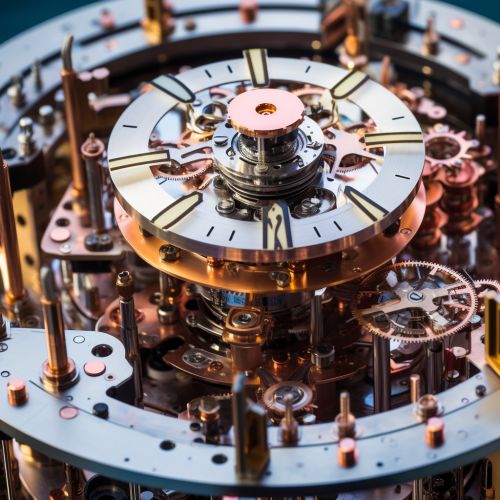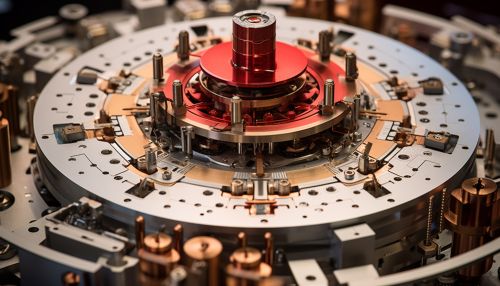Atomic Clocks
Introduction
An atomic clock is a type of clock that uses the vibrations of atoms to measure time. The atomic clock is the most accurate type of timekeeping device in existence, losing or gaining less than a second over millions of years. The atomic clock is used in many areas of society, including telecommunications, navigation, and science.


History
The concept of an atomic clock was first proposed by Isidor Rabi in 1945, who suggested that a clock could be made from a technique he developed in the 1930s called magnetic resonance. This technique was later used in the development of MRI machines. The first atomic clock was built in 1949 by the National Institute of Standards and Technology (NIST), then known as the National Bureau of Standards.
Working Principle
Atomic clocks work on the principle of atomic resonance frequency in the microwave, optical, or ultraviolet region of the electromagnetic spectrum. The most common type of atomic clock, known as a cesium clock, uses the resonance frequencies of cesium atoms as its resonator.
Types of Atomic Clocks
There are several types of atomic clocks, based on different atoms and operating principles. These include:
Accuracy of Atomic Clocks
The accuracy of an atomic clock depends on two factors: the temperature of the sample atoms and the frequency and intrinsic width of the electronic transition. Improvements in both of these factors have led to the development of atomic clocks with accuracies better than a few parts in 10^15.
Applications of Atomic Clocks
Atomic clocks are used in a wide variety of applications. They are used in telecommunications to provide precise timing signals, in navigation systems such as GPS to provide accurate location data, and in scientific research to make precise measurements of physical and astronomical phenomena.
Future Developments
The future of atomic clocks lies in the development of optical clocks, which use light of a higher frequency than microwaves to measure time. These clocks have the potential to be even more accurate than current atomic clocks.
